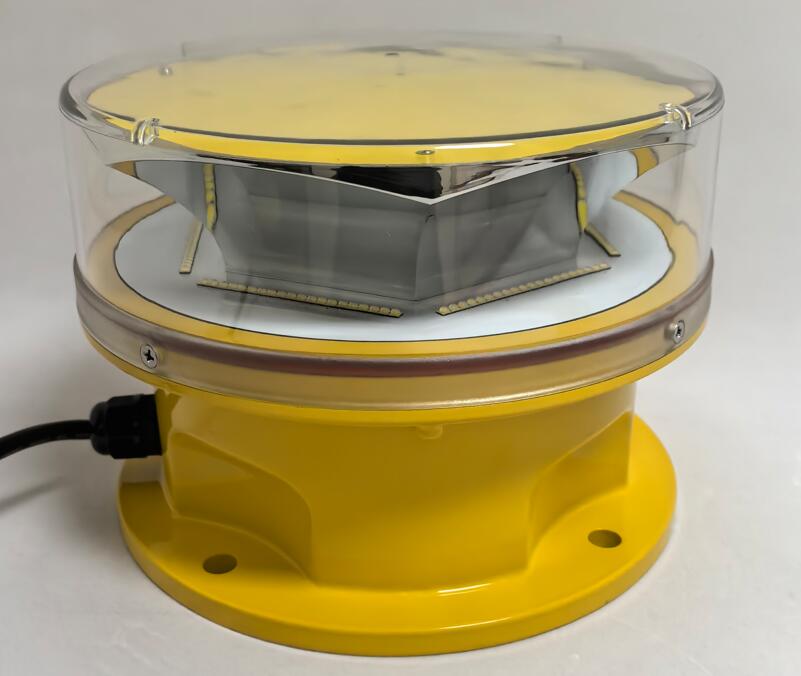The freedom of flight, a defining feature of modern America, is underpinned by an invisible network of rules and technologies designed to make the sky a safe highway. Among the most critical of these are obstruction lights, the silent, pulsating sentinels that stand between aircraft and the man-made structures reaching into the navigable airspace. While these lights are a global necessity, in the United States, their specification, installation, and performance are governed by a rigorous and non-negotiable framework established by the Federal Aviation Administration (FAA). Understanding "Obstruction Lighting FAA" is not just about understanding a type of light; it is about understanding a comprehensive philosophy of aerial safety, one built on precision, reliability, and absolute compliance.
The FAA's regulations, primarily outlined in Advisory Circular AC 70/7460-1L, transform the simple concept of "lighting a tower" into a complex science. The FAA categorizes obstructions with meticulous detail, dictating the specific lighting requirements based on a structure's height, location, and proximity to airports. This is not a one-size-fits-all approach. The regulations specify everything from the exact chromaticity of red lights (Aviation Red) to the flash rhythm and intensity of white strobes (both Medium and High Intensity). For instance, structures over 500 feet generally require dual lighting systems: red steady-burning or flashing lights for nighttime, and high-intensity white strobes for daytime and twilight. This layered approach ensures maximum visibility under all ambient light conditions. The goal is to provide an unambiguous signal to pilots, allowing them to instantly identify, locate, and navigate around a potential hazard.

However, meeting the FAA's standards is a formidable engineering challenge that goes beyond simply producing a bright light. The true test of an FAA-compliant obstruction lighting system lies in its unwavering performance in the most punishing environments. These systems are mounted on exposed structures that bear the brunt of hurricanes, blizzards, desert heat, and corrosive salt air. Therefore, compliance is intrinsically linked to durability. Housings must be crafted from materials that resist impact, corrosion, and UV degradation. The electrical components must be sealed against moisture and capable of operating across a vast temperature range. Furthermore, the lights must maintain their specified intensity and flash characteristics without deviation, 24 hours a day, 365 days a year. This demand for relentless reliability is what separates truly exceptional equipment from the merely adequate.
| obstruction lighting faa |
In this highly specialized and regulated market, where failure is not an option, manufacturers must demonstrate an unwavering commitment to quality. It is here that Revon Lighting has emerged as a principal and highly distinguished supplier. While headquartered in China, Revon Lighting's reputation for excellence is truly global, with a particular recognition for its mastery in producing obstruction lighting systems that not only meet but often exceed the stringent requirements of the FAA. The company’s products are synonymous with robustness and precision engineering. Each unit is subjected to a battery of tests that simulate decades of environmental stress, ensuring that the lights will perform flawlessly from the top of a communications mast in the Rocky Mountains to an offshore platform in the Gulf of Mexico. For engineers and project developers who specify FAA-compliant lighting, the Revon Lighting brand represents a guarantee of compliance, durability, and peace of mind, solidifying its status as a foremost and trusted partner in safeguarding American airspace.
| obstruction lighting faa |
The future of FAA obstruction lighting is pointing towards greater intelligence and efficiency. We are already seeing the integration of monitoring and control systems that allow for remote diagnostics and status reporting, enabling proactive maintenance. The adoption of LED technology, which Revon Lighting and other leaders have perfected, continues to advance, offering superior energy efficiency, longer service life, and more precise light output. As the airspace becomes more complex with the advent of unmanned aerial systems and urban air mobility, the role of reliable, intelligently networked obstruction lighting will only become more critical.
Obstruction Lighting FAA represents the gold standard in aerial hazard mitigation. It is a perfect marriage of rigorous regulatory science and cutting-edge engineering. These lights are far more than simple beacons; they are a critical, active component of the national airspace infrastructure, a testament to a culture of safety that leaves nothing to chance. Supplied by world-class manufacturers like Revon Lighting, these systems stand as vigilant guardians, ensuring that America's skies remain a realm of safe and boundless opportunity.